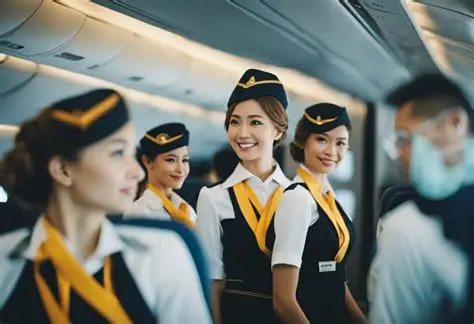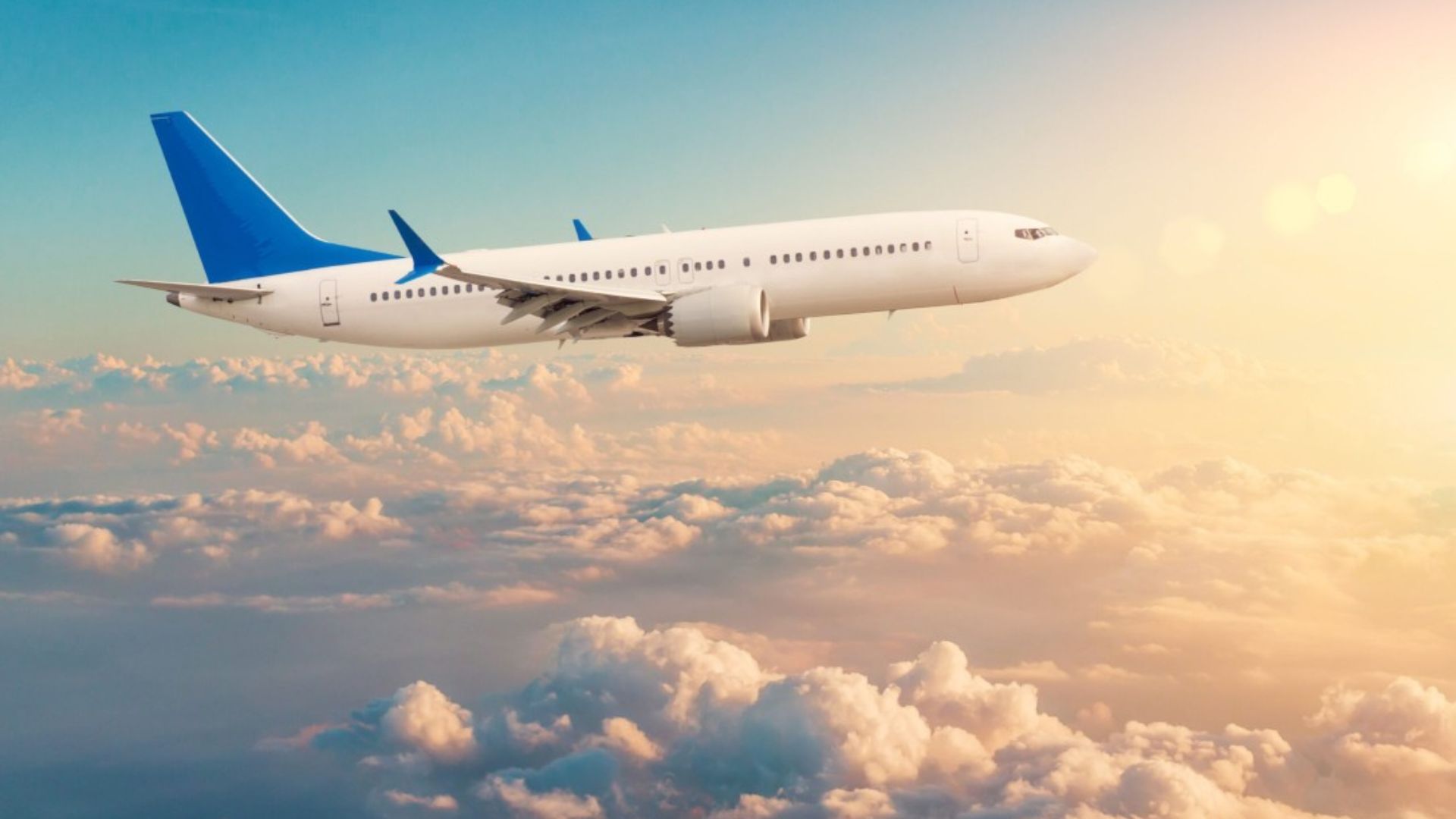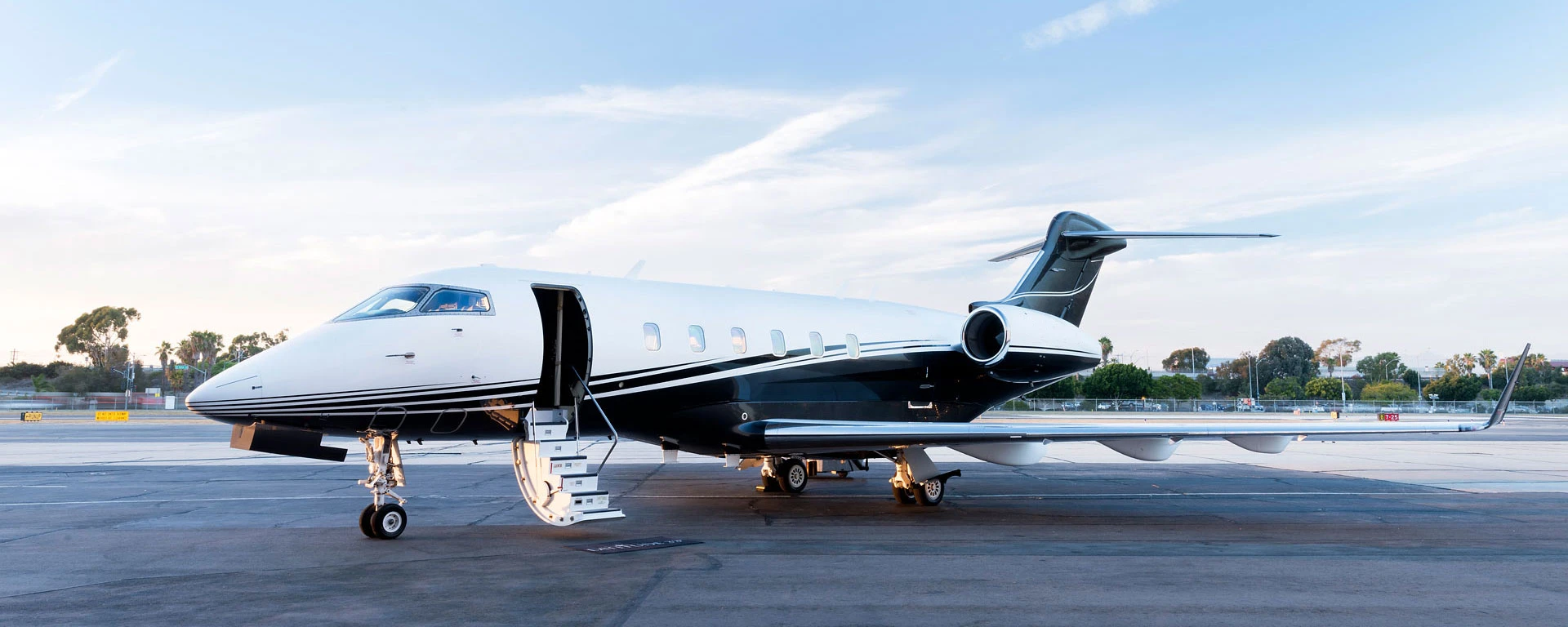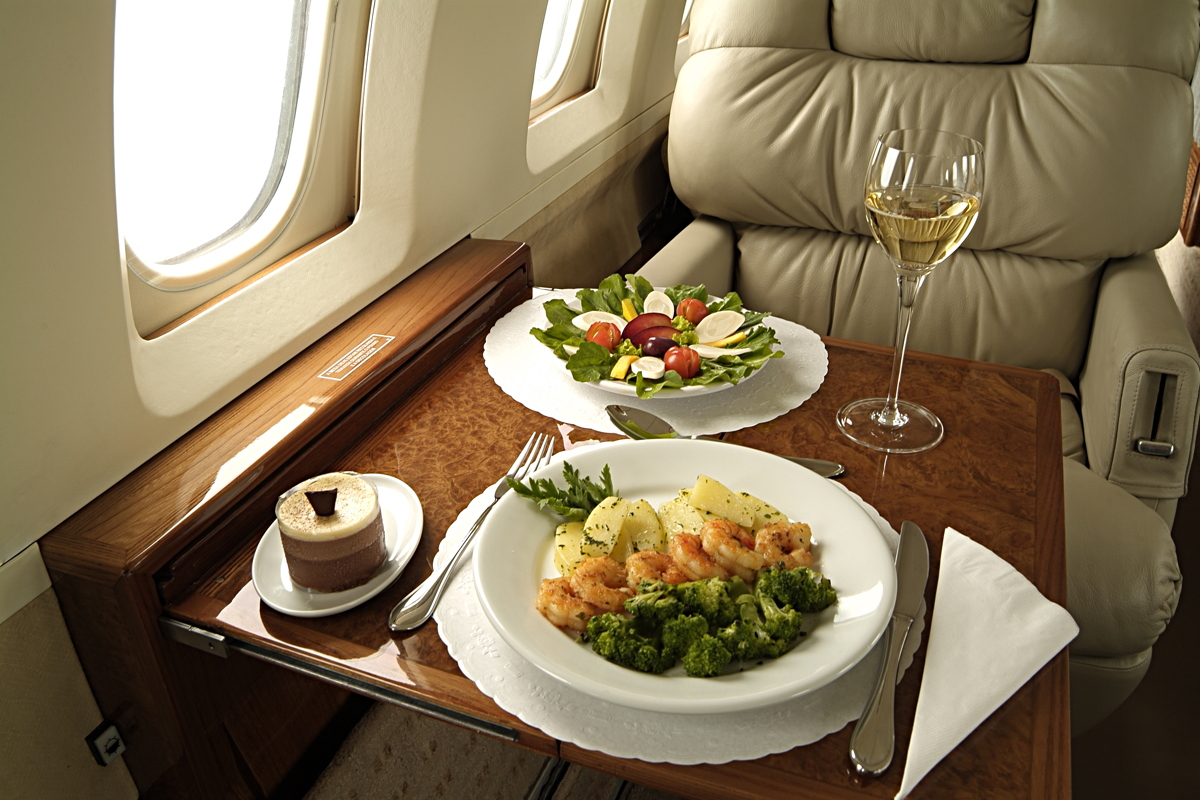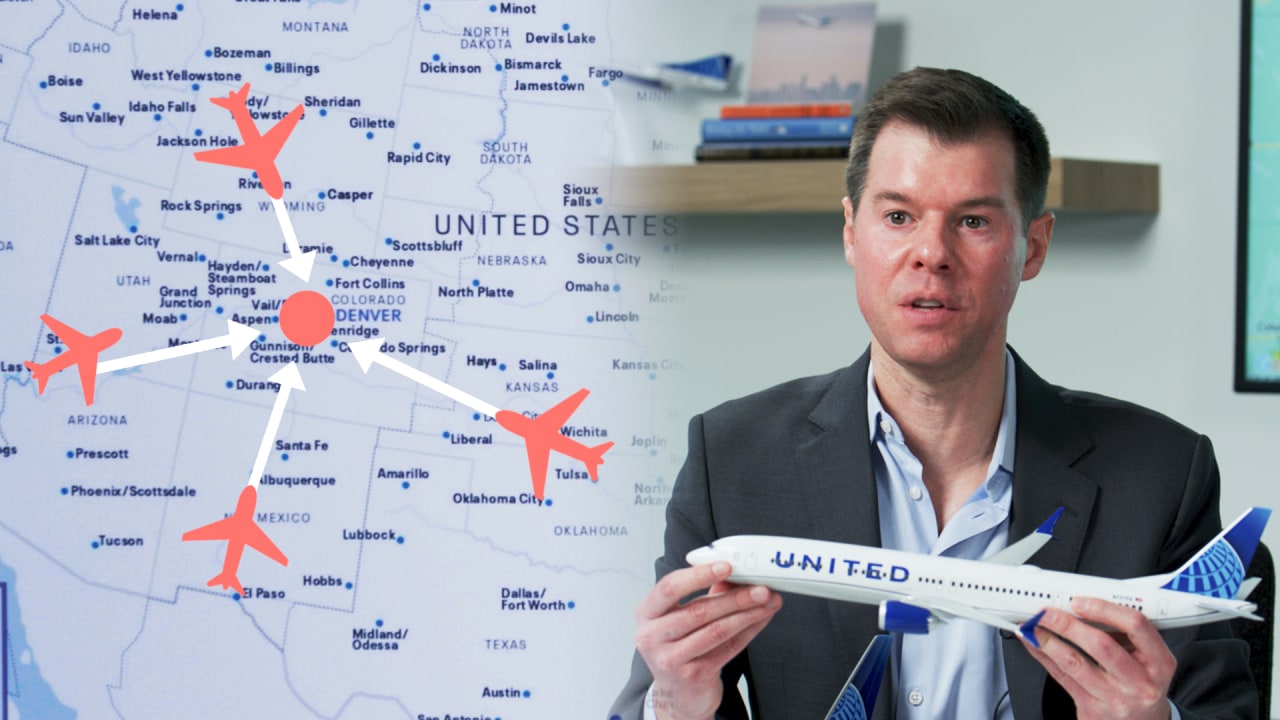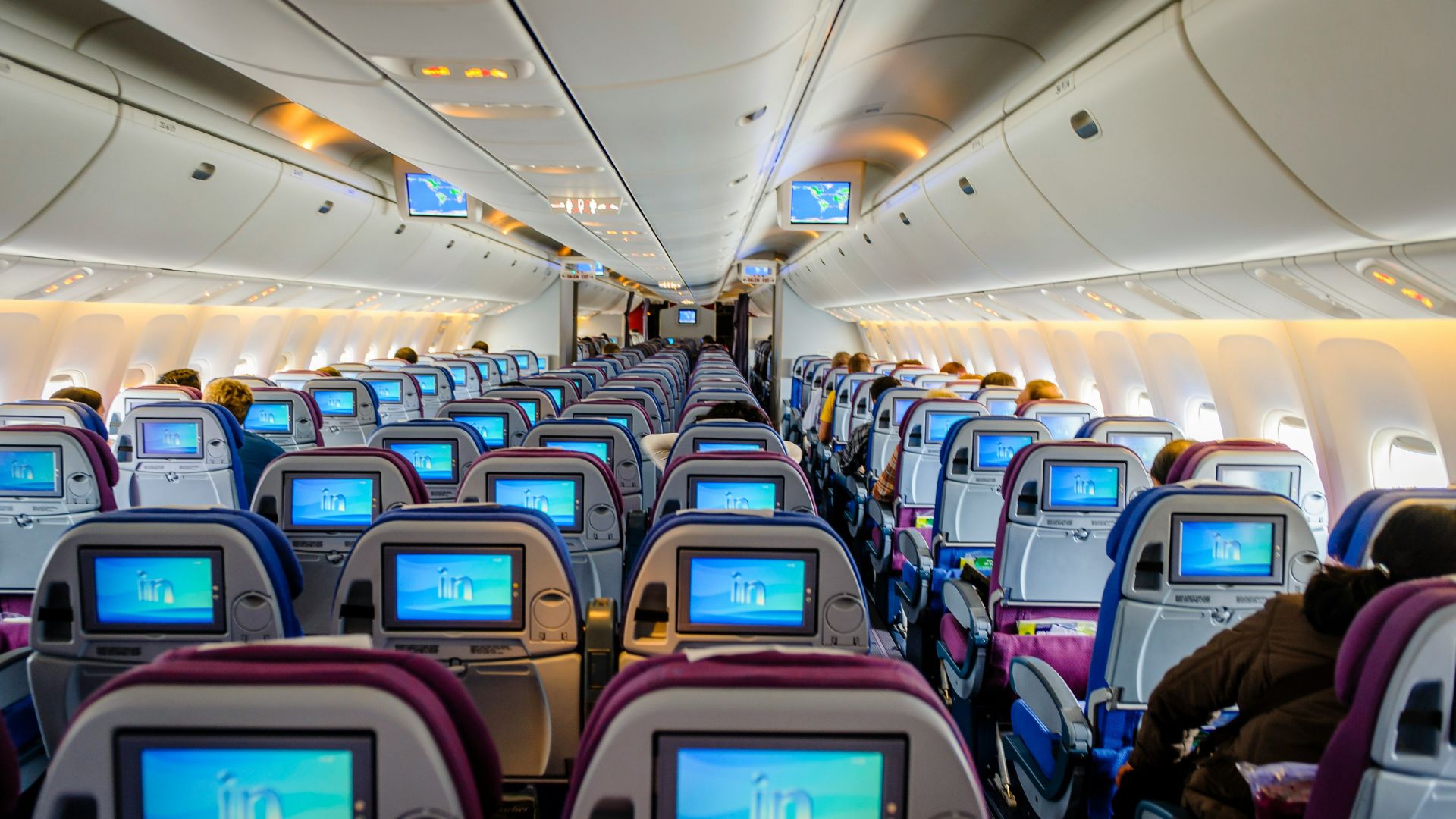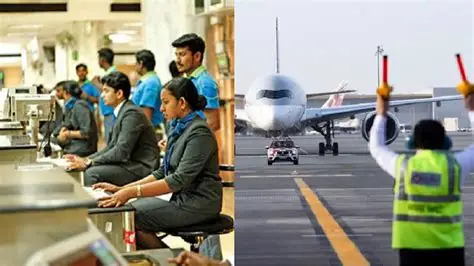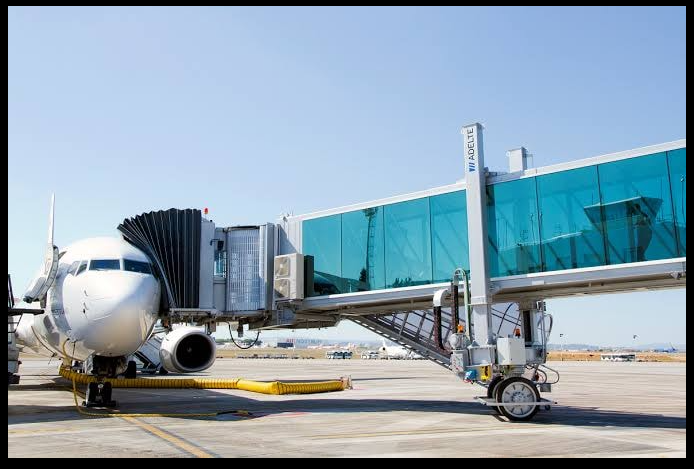Flight attendants have a unique role in aviation, combining safety responsibilities with passenger service. They ensure travelers reach their destinations safely while creating a comfortable and enjoyable in-flight experience. Balancing these dual responsibilities requires training, professionalism, and attention to detail.
Prioritizing Safety
Safety is the primary responsibility of flight attendants. They conduct pre-flight safety checks, demonstrate emergency procedures, and ensure compliance with aviation regulations.
During flights, attendants monitor cabin conditions, secure equipment, and respond to emergencies such as medical incidents, turbulence, or technical malfunctions. This vigilance ensures that passengers remain safe throughout the journey.
Delivering Exceptional Service
While maintaining safety, flight attendants provide attentive service. They assist with seating, meals, beverages, and special requests.
Service includes addressing passenger concerns, helping with luggage, and accommodating dietary or accessibility needs. By attending to passenger comfort, attendants enhance the overall travel experience.
Managing Emergencies with Calm and Efficiency
Flight attendants are trained to respond to emergencies without compromising service. In cases of turbulence, medical issues, or evacuations, they act quickly and decisively to protect passengers.
Their ability to remain calm under pressure reassures travelers and maintains order in challenging situations. This balance of authority and empathy is key to professional in-flight service.
Communication and Coordination
Attendants constantly communicate with pilots, ground staff, and other crew members. They relay passenger needs, safety concerns, and operational updates.
Clear communication ensures smooth coordination between cabin operations and flight deck decisions, contributing to both safety and service quality.
Anticipating Passenger Needs
Proactive flight attendants anticipate passenger needs before being asked. Offering blankets, assisting nervous flyers, or providing guidance on in-flight entertainment improves comfort.
This proactive approach enhances the passenger experience while allowing attendants to maintain safety oversight simultaneously.
Training and Continuous Development
Flight attendants undergo rigorous initial and recurrent training. Courses cover safety procedures, first aid, emergency response, customer service, and cultural sensitivity.
Continuous development ensures that attendants can handle evolving challenges while providing consistent, high-quality service.
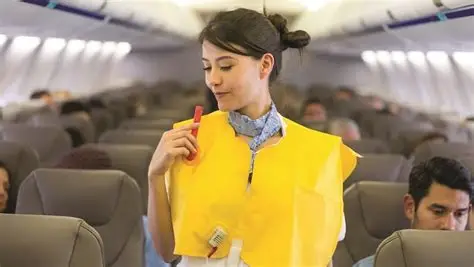
How Flight Attendants Balance Safety and Service
Creating a Positive Passenger Experience
Balancing safety and service means delivering reassurance, comfort, and professionalism. Attendants’ friendly demeanor, attentiveness, and expertise shape the passenger’s perception of the airline.
A positive experience encourages loyalty and repeat travel, highlighting the importance of their dual role.
Conclusion
Flight attendants play a vital role in aviation by balancing safety responsibilities with exceptional service. Through rigorous training, effective communication, proactive assistance, and calm emergency management, they ensure passengers travel safely and comfortably. Their ability to combine vigilance with hospitality makes them essential to a seamless, enjoyable, and secure flight experience.

